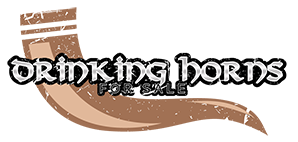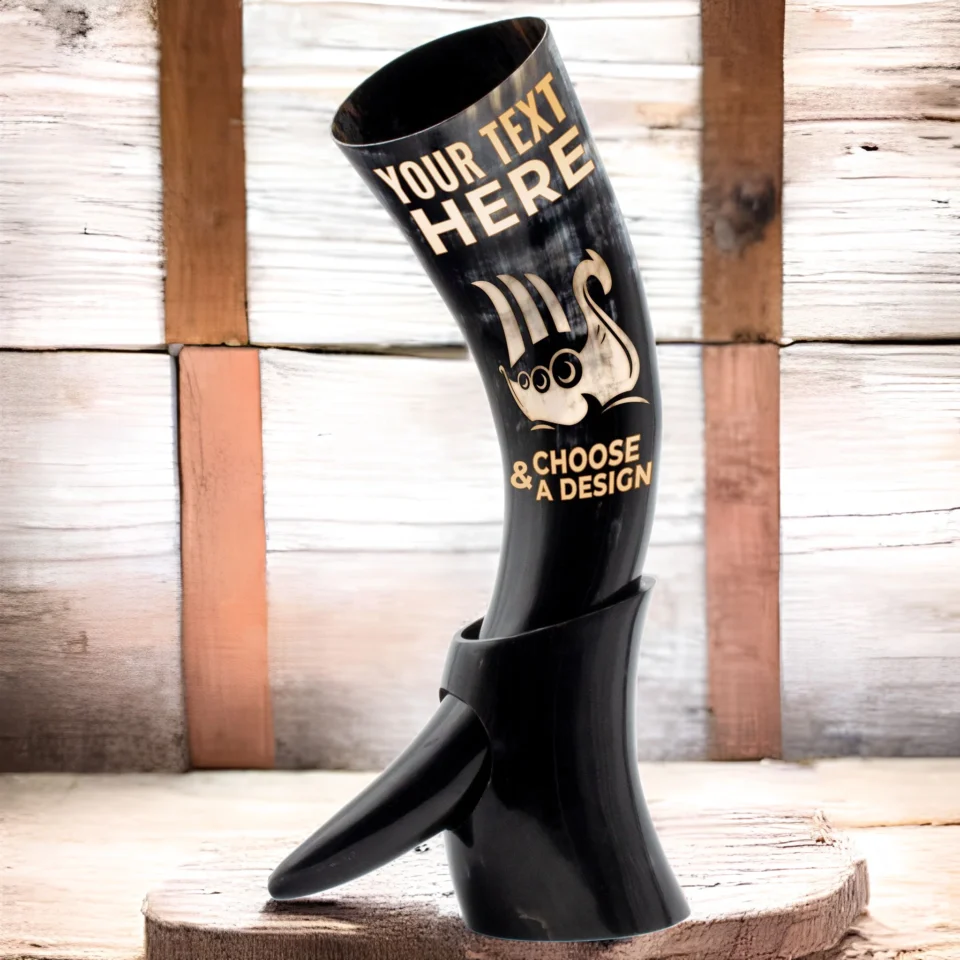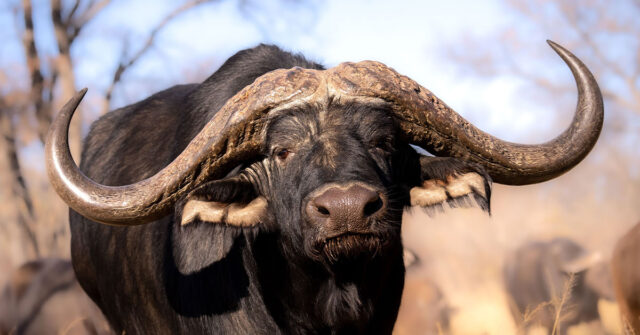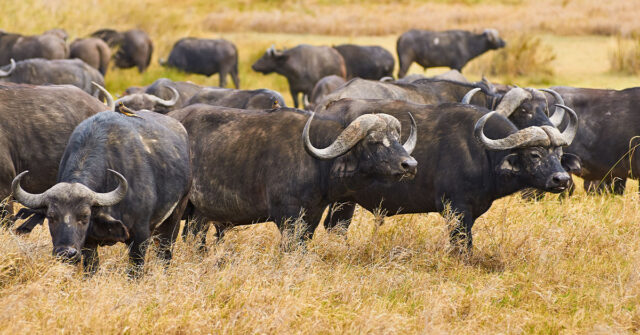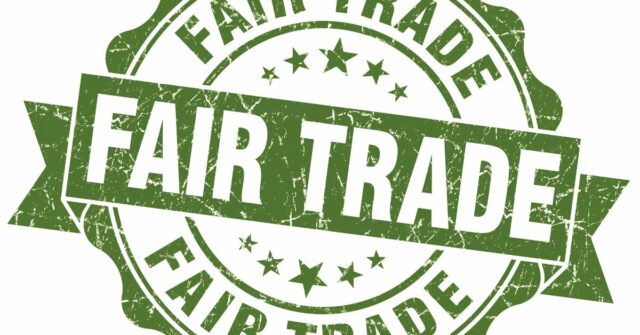This comprehensive analysis delves into the environmental impact of a traditional drinking vessel—the drinking horn—tracing its journey from raw material to disposal.
Understanding the carbon footprint helps consumers make informed, environmentally friendly choices.
Introduction
This section provides a foundation for understanding the unique relevance of the drinking horn in historical and modern contexts, and why analyzing its lifecycle is important for environmental considerations.

Overview of the Drinking Horn
Drinking horns, historically used across various cultures, are made from bovine horns. These artifacts have been both functional and decorative, often associated with ceremonial uses in medieval times.
Purpose of Lifecycle Analysis
By examining the lifecycle of a drinking horn, we can identify major environmental impacts and opportunities for reducing carbon emissions, providing a blueprint for sustainable manufacturing practices.
What Is a Carbon Footprint?
Here we define the carbon footprint concept and discuss its components, essential for understanding the environmental impacts detailed in subsequent sections.
Definition and Importance
A carbon footprint measures the total greenhouse gas emissions caused directly or indirectly by an individual, organization, event, or product.
It is crucial for assessing environmental impact and guiding sustainable decisions.
Components of a Carbon Footprint
The carbon footprint includes emissions from all phases of a product’s life, including material extraction, production, distribution, use, and disposal, each contributing to the overall environmental load.
The Life Cycle of a Drinking Horn
The lifecycle analysis of a drinking horn covers various stages from sourcing to disposal. Each stage has distinct environmental implications, which are explored in depth below.
Source Materials and Origins
Drinking horns are sourced from cattle, a byproduct of the meat industry, which itself is a significant emitter of methane—a potent greenhouse gas.
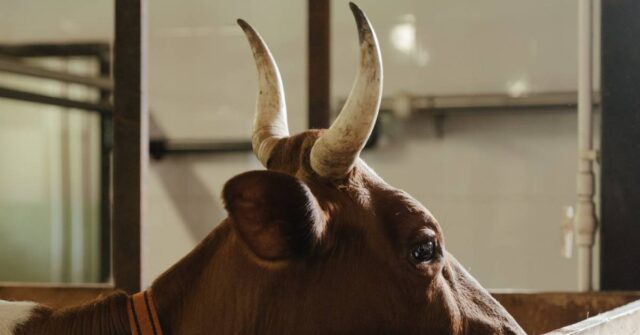
Manufacturing Process
The transformation from a raw horn to a polished drinking vessel involves cleaning, shaping, and sometimes decorating, which requires energy and produces waste.
Transportation and Distribution
After manufacture, drinking horns are often shipped globally, contributing to emissions from fuel combustion in transportation vehicles.
Usage by Consumers
The use phase of drinking horns is typically low-impact, requiring little maintenance, although longevity and care can vary significantly.
End-of-Life Disposal
At the end of its life, a drinking horn, being organic, is biodegradable but may also be incinerated or landfilled, with varying environmental implications.
Environmental Impact at Each Stage
In this section, we break down the environmental impacts associated with each phase of the drinking horn’s lifecycle. We will look at how each stage contributes to its overall carbon footprint.
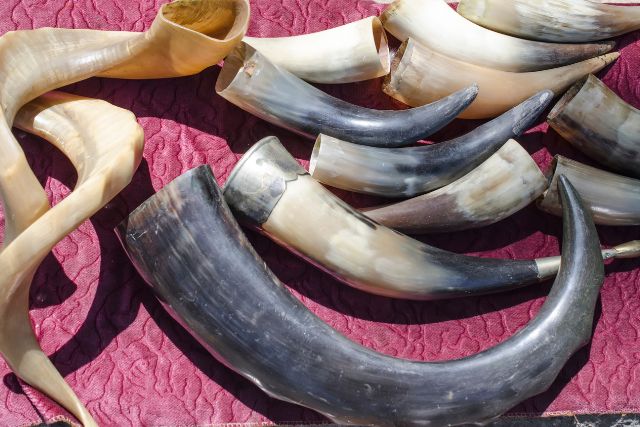
Raw Material Extraction and Impact on Biodiversity
The cattle farming required for sourcing horn materials contributes to deforestation and habitat loss, impacting biodiversity negatively.
Energy Consumption and Emissions in Manufacturing
Energy use in manufacturing, particularly if derived from fossil fuels, significantly adds to the carbon footprint of drinking horns.
Transport Emissions and Packaging
Packaging materials and transportation methods vary, with significant differences in their carbon footprints depending on the efficiency and fuel type of transport modes used.
Impact of Product Maintenance and Care
While generally low, the impact of maintaining a drinking horn can be minimized further by using natural cleaning agents and avoiding frequent washing.
Waste Management and Decomposition
Decomposing organic materials emit methane, thus the method of disposal can markedly influence the overall environmental impact of discarded drinking horns.
Comparative Analysis
Comparing drinking horns to other vessels illuminates the environmental trade-offs of material choices and product designs, shedding light on the benefits and drawbacks of using natural materials.
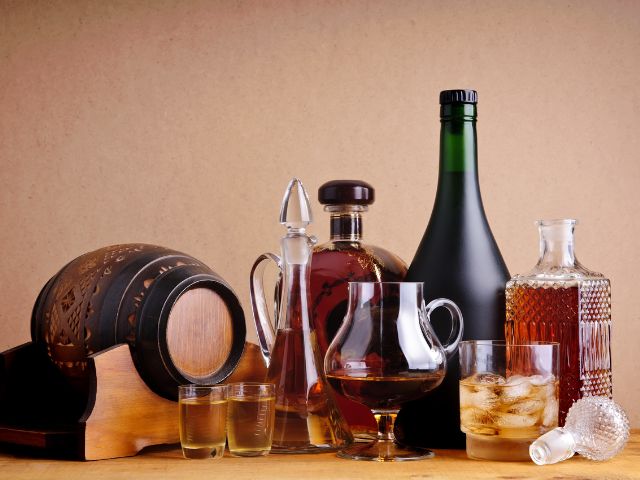
Drinking Horns vs. Other Drinking Vessels
Compared to glass or plastic, horns have a different environmental profile, with potentially lower manufacturing emissions but higher impacts from source material production.
Benefits of Using Natural vs. Synthetic Materials
Natural materials like horn often have less processing and synthetic chemicals involved, potentially lowering their lifecycle carbon footprint compared to plastics.
Reducing the Carbon Footprint
Strategies for reducing the carbon footprint are vital. This section explores practical steps that manufacturers and consumers can take to promote sustainability in the context of drinking horns.
Sustainable Practices in Production
Adopting renewable energy sources and minimizing waste during manufacturing can significantly reduce the carbon footprint of drinking horns.
Eco-Friendly Usage Tips
Encouraging practices such as proper care and longer use periods reduces the need for frequent replacements, diminishing the product’s environmental impact over its lifetime.
Recycling and Reusability of Drinking Horns
Exploring opportunities for repurposing and recycling drinking horns can extend their life and usefulness, further reducing their environmental load.
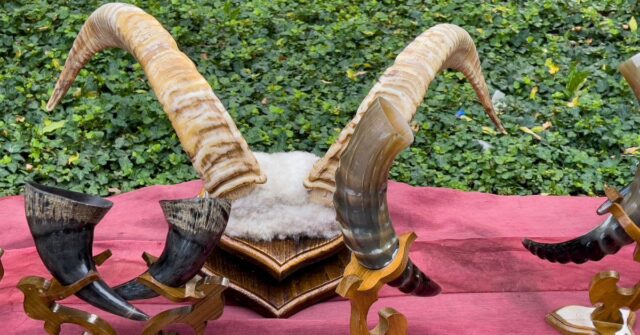
Future Perspectives
Looking ahead, we discuss upcoming trends and innovations that could influence the production and use of drinking horns, aiming for greater sustainability in their creation and use.
Innovations in Material Use
Ongoing research into alternative materials and sustainable sourcing can help reduce the environmental impact of traditional products like drinking horns.
Trends in Consumer Demand for Eco-Friendly Products
As awareness grows, consumer demand is shifting towards products that not only serve aesthetic and functional purposes but also are environmentally responsible.
Conclusion
In the concluding section, we synthesize the insights gathered throughout the analysis, emphasizing the importance of making sustainable choices in the usage of traditional items like drinking horns.
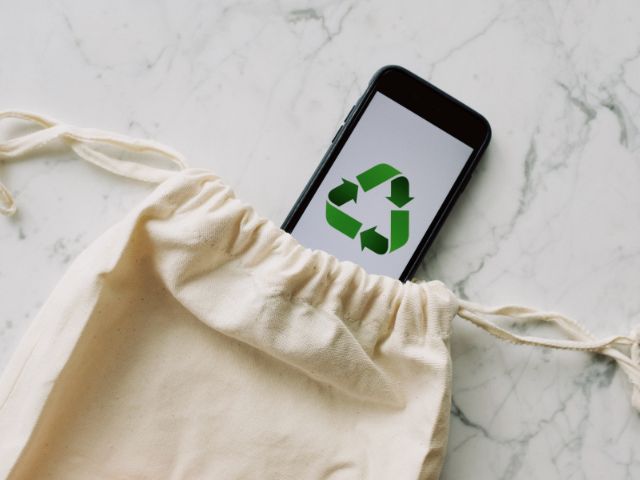
Summary of Findings
This analysis has highlighted the key stages in the life of a drinking horn that contribute to its carbon footprint, offering insights into how to minimize these impacts.
Call to Action for Sustainable Choices
Encouraging the selection of sustainably made products, like eco-friendly drinking horns, is vital for reducing our environmental impact while preserving cultural heritage.
